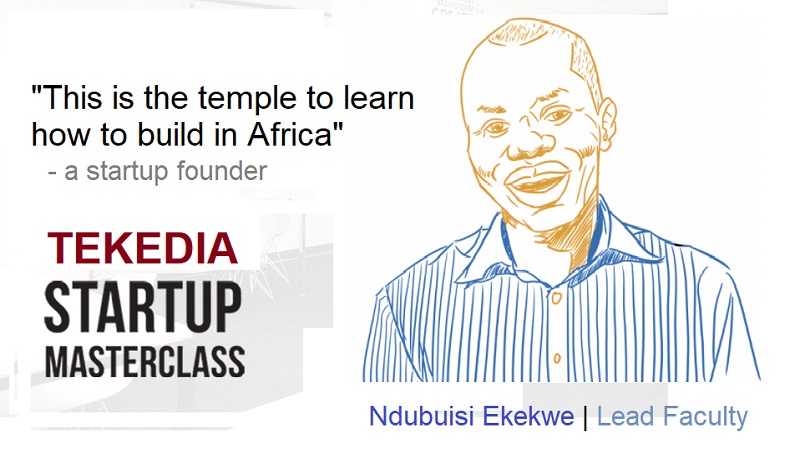
Davis Commodities Limited (Nasdaq: DTCK), a Singapore-based agricultural commodities trader, announced on June 16, 2025, a $30 million strategic growth initiative integrating Bitcoin reserves and Real-World Asset (RWA) tokenization to transform its business model. The plan allocates 15% of the funds ($4.5 million) initially to Bitcoin reserves, with an eventual increase to 40% ($12 million), citing Bitcoin’s role as an inflation hedge and its historical performance (156% growth in 2023, 121% in 2024, and over 14% in 2025).
Additionally, 50% ($15 million) will fund RWA tokenization projects for commodities like sugar, rice, and edible oils, aiming to enhance liquidity and efficiency, with projections of $50 million in annual revenue within 24 months. The remaining 10% ($3 million) will support technological infrastructure and partnerships to facilitate digital asset integration. This move positions Davis Commodities at the forefront of blending traditional commodity trading with digital finance, though it faces risks like Bitcoin’s volatility and regulatory uncertainties.
Allocating 15% initially and up to 40% of the $30 million to Bitcoin signals a bold move to hedge against inflation and fiat currency devaluation. Bitcoin’s historical returns (156% in 2023, 121% in 2024, 14%+ in 2025) support this, but its volatility (e.g., 2022’s 64% drop) introduces significant risk. This could enhance Davis Commodities’ balance sheet if Bitcoin appreciates but may erode capital if prices crash.
Register for Tekedia Mini-MBA edition 19 (Feb 9 – May 2, 2026): big discounts for early bird.
Tekedia AI in Business Masterclass opens registrations.
Join Tekedia Capital Syndicate and co-invest in great global startups.
Register for Tekedia AI Lab: From Technical Design to Deployment (next edition begins Jan 24 2026).
By investing $15 million in RWA tokenization for sugar, rice, and edible oils, Davis aims to unlock liquidity, reduce transaction costs, and attract institutional investors. Projected $50 million in annual revenue within 24 months suggests confidence in blockchain’s ability to streamline commodity trading. Success could position Davis as a pioneer in digital commodity markets.
As a small-cap Nasdaq-listed firm (market cap ~$30-50 million), this crypto-centric strategy could boost its stock price by attracting tech-savvy investors. However, traditional investors may view it as speculative, potentially polarizing its shareholder base. Tokenization requires robust blockchain infrastructure and partnerships, with $3 million allocated for tech development. This could improve supply chain transparency and efficiency but demands expertise in smart contracts and regulatory compliance.
Integration of digital assets may diversify revenue streams, reducing reliance on volatile agricultural markets (e.g., sugar prices fluctuated 20% in 2024 due to weather and export policies). A sharp decline in Bitcoin’s value could impair Davis’ financial position, especially with a 40% allocation. Tokenized assets face varying global regulations (e.g., SEC’s scrutiny of crypto securities in the U.S., Singapore’s progressive but evolving framework). Non-compliance could lead to fines or operational halts.
Commodity buyers may resist tokenized assets due to unfamiliarity or lack of infrastructure, delaying revenue projections. Blockchain integration increases exposure to hacks or smart contract vulnerabilities. Davis’ move could inspire other commodity traders to explore crypto treasuries or tokenization, accelerating blockchain adoption in traditional markets. It may pressure competitors to innovate, potentially disrupting the $1 trillion global agricultural commodities market.
Institutional and retail investors focused on stable cash flows and tangible assets may view Bitcoin exposure as reckless, given its 30-50% annualized volatility. They may also question tokenization’s unproven scalability in commodities. Those bullish on digital assets (e.g., Bitcoin ETF holders, DeFi enthusiasts) will likely see Davis as a forward-thinking bridge between legacy and decentralized finance, potentially driving stock demand on platforms like Robinhood or eToro.
Firms like Cargill or Archer Daniels Midland rely on established supply chains and physical trading. They may dismiss tokenization as a niche experiment, prioritizing scale and relationships over tech. Smaller or tech-driven traders (e.g., AgriDigital in Australia) may follow Davis’ lead, using blockchain to compete on efficiency and transparency. This could widen the gap between tech-adopters and traditionalists.
Singapore’s clear digital asset regulations (e.g., MAS’s Payment Services Act) enable Davis’ strategy, while Dubai and Switzerland also support RWA tokenization. These regions may attract similar experiments. The U.S. and EU’s stringent crypto rules (e.g., MiCA in Europe, SEC’s Howey Test) could limit adoption by competitors or create compliance costs for Davis’ global operations, deepening a regulatory divide.
Supporters argue this strategy democratizes commodity markets via fractionalized tokens and hedges against inflation, aligning with Bitcoin’s narrative as “digital gold.” Skeptics warn of speculative bubbles, citing past crypto failures (e.g., FTX in 2022). They also question whether tokenization solves real-world issues like supply chain bottlenecks or climate-driven commodity shortages.
Davis Commodities’ $30 million plan to integrate Bitcoin and tokenized commodities is a high-stakes bet on digital finance transforming traditional markets. It could yield significant rewards—$50 million in projected revenue and first-mover advantage—but carries risks from market volatility, regulatory hurdles, and adoption challenges. The strategy underscores a broader divide between traditional and crypto-driven approaches, with Davis betting on the latter to redefine its industry.



